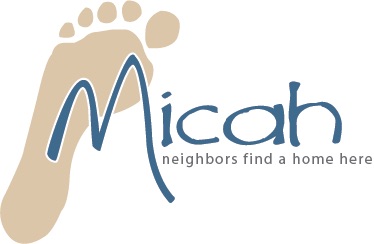In historic homeless service models, people become homeless, go to shelter, and “if they do what they are told,” they will stabilize their lives enough that they will earn their way into housing. Since 2008, there has been a nationwide effort to implement a new way of helping people experiencing homelessness—called housing first. This strategy calls for the elimination of barriers from both shelter and permanent housing so that every person has equal opportunity to obtain and maintain a stable residence. The housing first model is a proven way of stabilizing homeless households and reducing costs on public systems, such as jails, hospitals, police departments and emergency personnel. Participants in housing first programs are usually more willing than those in traditional models to take steps necessary to address their barriers because they are working to keep what they have been given, not trying to obtain something they can’t yet imagine. As a result, the federal Department of Housing and Urban Development and state Department of Housing and Community Development are currently holding community’s accountable for implementing three strategic goals for homeless services:
• Reducing the number of people who become homeless
• Reducing the length of time people are homeless
• Reducing returns to homelessness
Housing First has a general success rate of 83%. Around the country, housing first has helped many communities realize decreases in their homeless population. In Virginia, the Newport News area has seen homelessness drop by 25% since 2006. Fredericksburg’s efforts have resulted in a 33% decrease in street homelessness in the last three years.
Problem: State and federal grant dollars are available to fund the case management and financial assistance necessary to stabilize homeless people quickly into housing. Grant dollars available are reimbursed quarterly, but local cash flow is not enough to sustain both daily program operations and the cost of issuing rental payments.
Solution: Create a $100,000 housing fund, where funds can be withdrawn to front rental payments on behalf of households who are moving from homelessness into permanent housing. The fund will be replenished quarterly, when grant reimbursements are issued.
How you can help: If the community can help us raise $50,000, the Sunshine Lady Foundation will match our funds with another $50,000.
